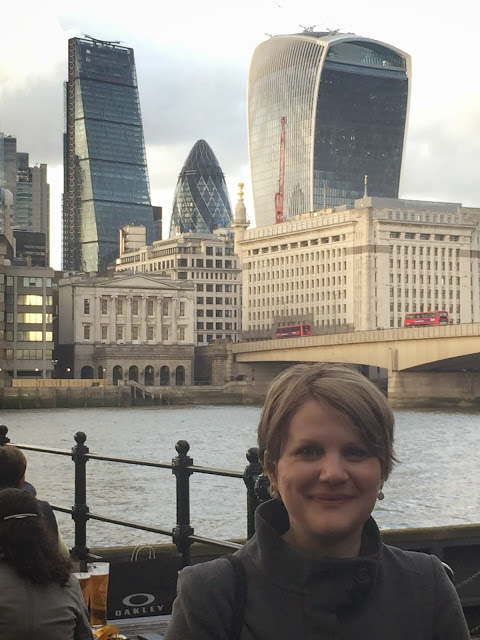About Me
I am an accomplished scientist and project leader with more than fifteen years of experience in the fields of high energy physics, medical physics and oncology.
From 2006 to 2008, I worked at the Fermi National Accelerator Laboratory (Fermilab) near Chicago on both D-zero and CMS experiments. My physics research on the D-zero experiment concerned new phenomena in the Electroweak sector (new physics predicting particles that decay into Zγ). At Fermilab, I was part of the USCMS team which assembled and tested the CMS Forward Pixel detector that was shipped and installed at CERN in 2008.
When I moved to CERN for the CMS commissioning, I was appointed as convener of the CMS Tracker Simulation group for two years. In addition to the management of the group, I was responsible for the update of the Pixel detector geometry and response (digitization). In November 2009, I was part of the USCMS team that re-inserted the Forward Pixel disks into the CMS detector at CERN.
My main research topic on CMS was the physics of the Top quark, the heaviest Standard Model elementary particle. Top physics is very interesting in many aspects: it is sensitive to the Higgs boson mass through radiative corrections, it allows us to study “bare” quark due to Top quark short lifetime and it is a great tool to calibrate our detector. I actively participated to the first observation of Top quark events with the CMS detector (presented at ICHEP in 2010) and the measurement of the Top pair production cross section at 7TeV.
In 2011, I joined the OpenGATE collaboration due to strong interests about physics for medicine. GATE is a Geant4 application for simulations of preclinical and clinical scans in emission tomography, transmission tomography and radiation therapy. I worked for the Commissariat à l’Energie Atomique et aux Energies Alternatives in the Service Hospitalier Frederic Joliot in Orsay where I extended GATE to support simulations of optical imaging such as bioluminescence or fluorescence.
In December 2013, I moved to United-Kingdom and joined the Institute of Nuclear Medicine of the University College London. My clinical study concerned the Idiopathic Pulmonary Fibrosis. I worked on the quantification of PET/CT images in lung diseases and on data-driven respiratory gating techniques using the principal component analysis.
From 2015 to 2018, I developed GATE to allow for the simulation of theranostic applications. Theranostic is the development of multifunctional particles (such as liposomes, nanoparticles) that are used for diagnosis through medical imaging and therapy (chemotherapy, phototherapy). As a demonstrator, I implemented the nanoparticle-mediated near-infrared hyperthermal therapy and the diffusion of heat in biological perfused tissues.
In October 2018, I joined the SMARTc (Simulation Modeling Adaptive Response for Therapeutics in Cancer) team composed of mathematicians, physicists, oncologists and pharmacists. I develop mathematical models dedicated to the determination of optimal features when combining immune check-point inhibitors with other treatment modalities such as radiotherapy or chemotherapy. I also applied machine learning techniques to forecast chemotherapy induced haematological toxicities in patients with rhabdomyosarcoma. This work has been published recently in Cancers. A Python based web application has been developed and is under clinical validation.
Since December 2020, I am a member of the LITO (Laboratory of Translational Imaging in Oncology) research unit of the Institute Curie. I develop predictive models (type of cancer and/or response to treatment) and artificial intelligence tools for oncology (lung and breast cancer).
I’m a volunteer for The Black Fish organisation which is an international marine conservation organisation. Our mission is to change attitudes towards our oceans and end illegal over-fishing and over-exploitation of our marine resources. Our current focus is to expose and challenge illegal and destructive fishing practices in the Mediterranean Sea (illegal bluefin tuna fishing and illegal use of driftnets). I was part of the mrlee.tv team who wrote the french subtitles of the 3D-animated film about the state of the oceans: Losing Nemo.
« It doesn’t matter how beautiful your theory is, it doesn’t matter how smart you are. If it doesn’t agree with experiment, it’s wrong. » Richard P. Feynman

